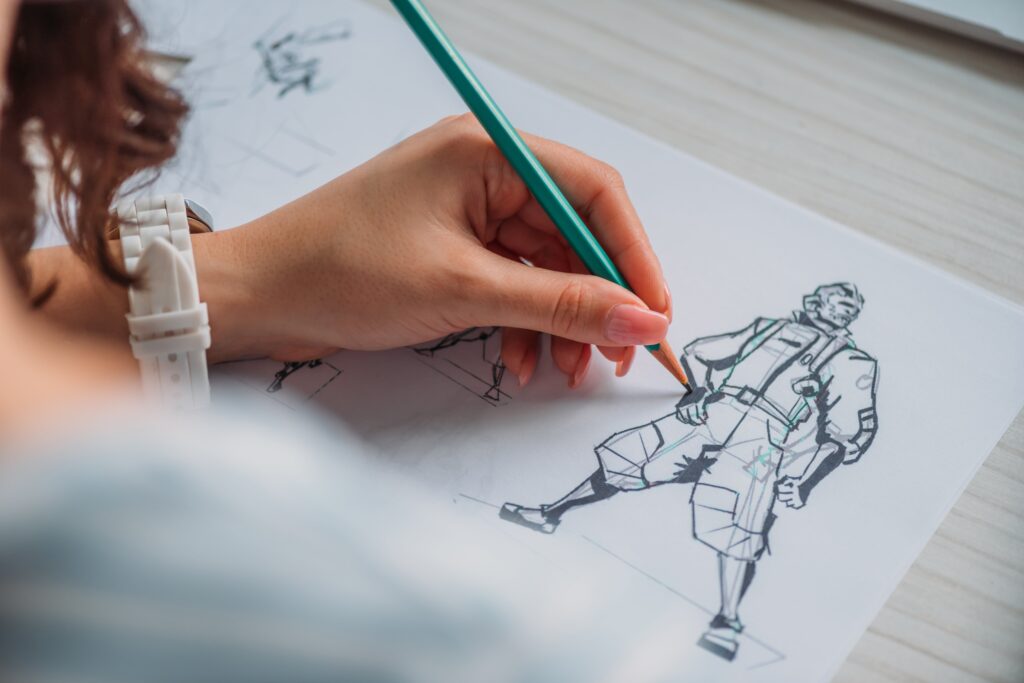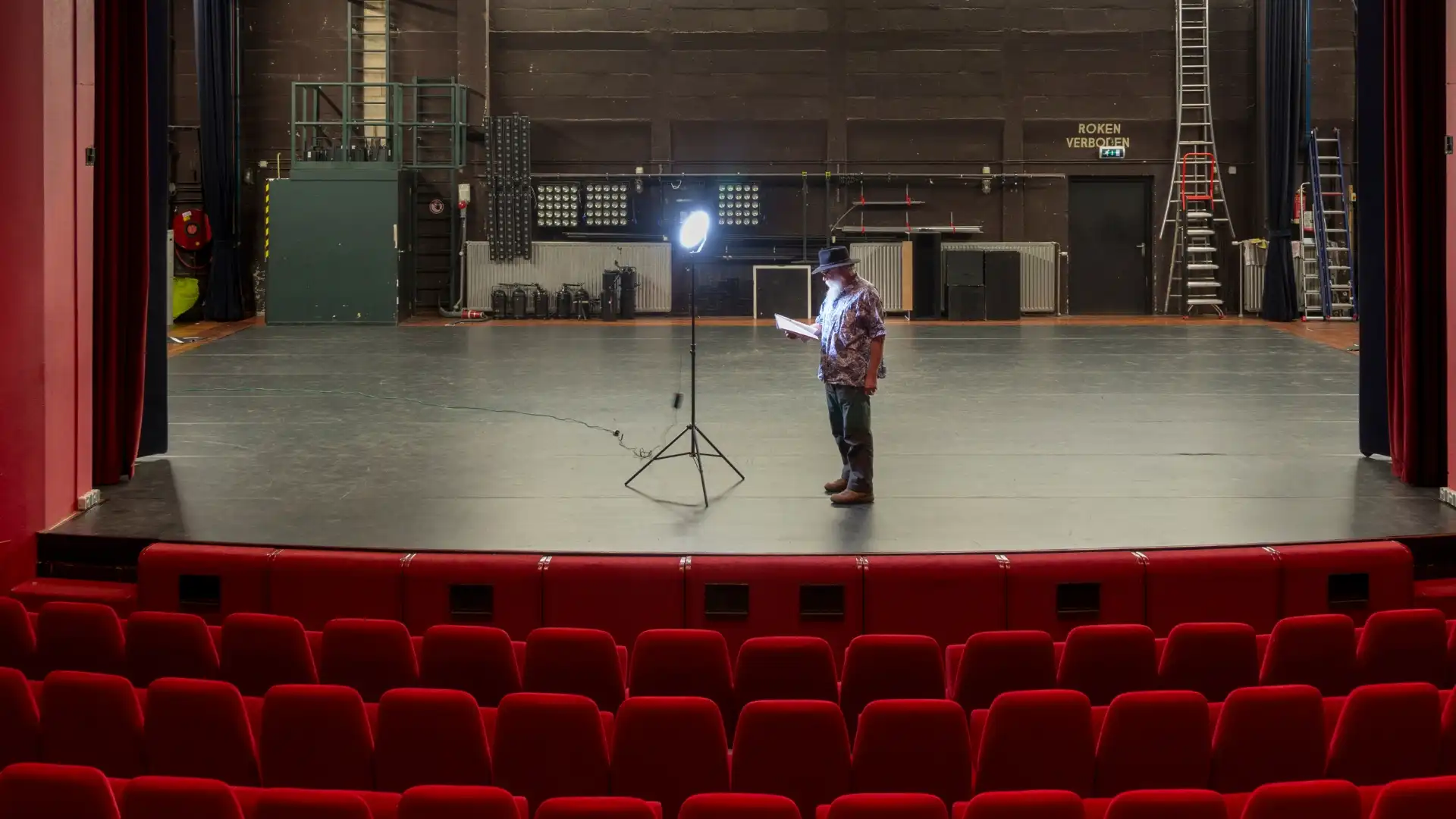Are you intrigued by the magical world of animation? A career as a 2D animator might be the perfect fit for you! In this article, we will delve into the top 10 jobs in the 2D animator career landscape, exploring the diverse and exciting opportunities available in this dynamic industry.
Character Animator
Character animators are the heart and soul of any animated production. They breathe life into characters by creating their movements and expressions. A keen understanding of anatomy, movement, and acting is essential for character animators to effectively convey emotions through their animations.
Storyboard Artist
Storyboard artists play a crucial role in the animation process by creating visual representations of the script. They sketch out key scenes and sequences, helping to plan the overall look and flow of the animation.
Storyboard artists need to have a keen eye for composition, pacing, and storytelling to effectively communicate the director’s vision.
Background Artist
Background artists are responsible for creating the detailed backgrounds and environments that bring animated worlds to life. They work closely with the art director to design and paint the settings for each scene, ensuring they complement the characters and enhance the overall visual appeal of the animation.
Strong artistic skills and an understanding of perspective and color theory are crucial for background artists.
Layout Artist
Layout artists are tasked with designing the composition and staging of each shot in an animated film or series. They collaborate closely with the director and storyboard artists to translate storyboards into fully realized scenes, considering camera angles, lighting, and overall visual aesthetics.
Layout artists need a strong sense of visual storytelling and composition to convey the mood and tone of each scene effectively.
Clean-Up Artist
Clean-up artists play a vital role in refining and enhancing rough animation drawings. They clean up lines, add details, and ensure consistency in character designs, preparing drawings for the final animation.
A keen eye for detail and a solid understanding of animation principles are essential for clean-up artists to maintain the integrity of the original drawings.
Inbetween Animator
Inbetween animators fill in the frames between key poses created by lead animators, smoothing out motion and creating a sense of fluidity in the animation. They are crucial in ensuring movements are seamless and natural, adding depth and dimension to characters’ performances.
Inbetween animators require a solid understanding of timing, spacing, and movement to create smooth and convincing animations.
Effects Animator
Effects animators create dynamic visual effects such as explosions, fire, water, and magic spells in animated films or series. They use a mix of traditional animation techniques and digital tools to bring these effects to life, adding excitement and drama to scenes.
Effects animators need a strong grasp of physics, timing, and composition to create realistic and visually stunning effects.
Motion Graphics Designer
Motion graphics designers craft animated graphics and visual elements for various media platforms, including videos, websites, and presentations. They use design, animation, and storytelling skills to convey information and engage audiences effectively.
Motion graphics designers require a strong sense of design aesthetics, typography, and motion principles to create visually appealing and engaging animations.
Stop Motion Animator
Stop motion animators bring inanimate objects to life through the intricate process of stop motion animation. They manipulate physical objects frame by frame to create the illusion of movement, capturing the magic of animation through practical effects.
Patience, attention to detail, and a creative mindset are essential for stop motion animators to bring characters to life in a unique and captivating way.
Independent Animator
Independent animators work on their projects, creating animated shorts, films, or series independently or in collaboration with other artists. They have the creative freedom to explore their ideas and experiment with different styles and techniques, showcasing their unique voice and vision in their work.
Self-motivation, resourcefulness, and entrepreneurship are key traits for independent animators to navigate the competitive animation industry successfully.
Conclusion
The world of 2D animation offers a diverse range of career opportunities for talented and passionate artists. Whether you dream of working in a large animation studio or pursuing a freelance career, honing your skills, building a strong portfolio, and networking with industry professionals are crucial steps toward a rewarding career in the 2D animator field.
Key Takeaways:
- 2D animation offers diverse roles, from character creation and scene planning to visual effects and independent projects.
- Key positions include bringing characters to life, designing backgrounds, and refining animations.
- Skills needed range from strong artistic abilities and attention to detail to storytelling and technical expertise.
- Whether working for studios or independently, 2D animators have various creative paths to explore.
To further enhance your skills and knowledge in the animation industry, consider taking the NYU Animation Industry Essentials online course and certificate program offered by Yellowbrick. Embark on your journey towards a fulfilling career in 2D animation today!








